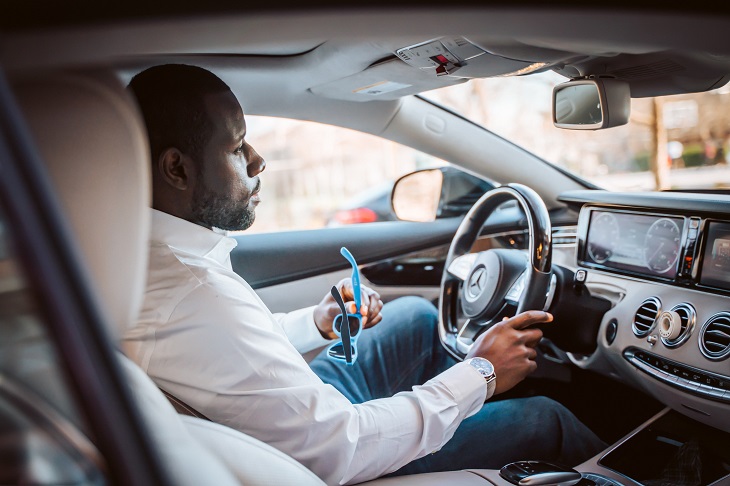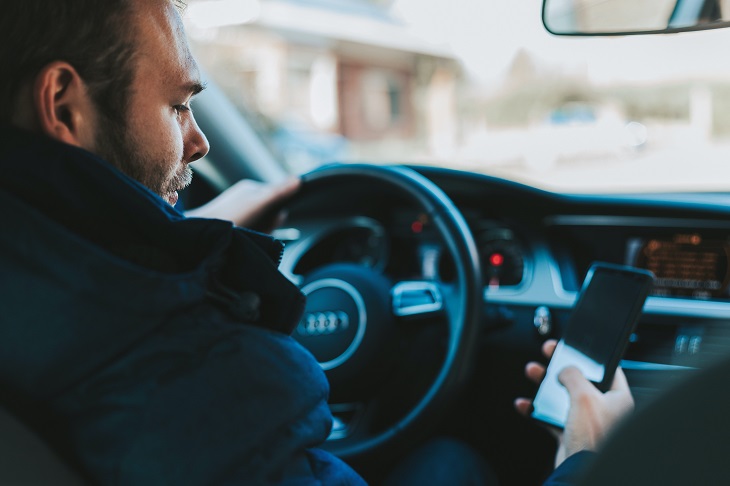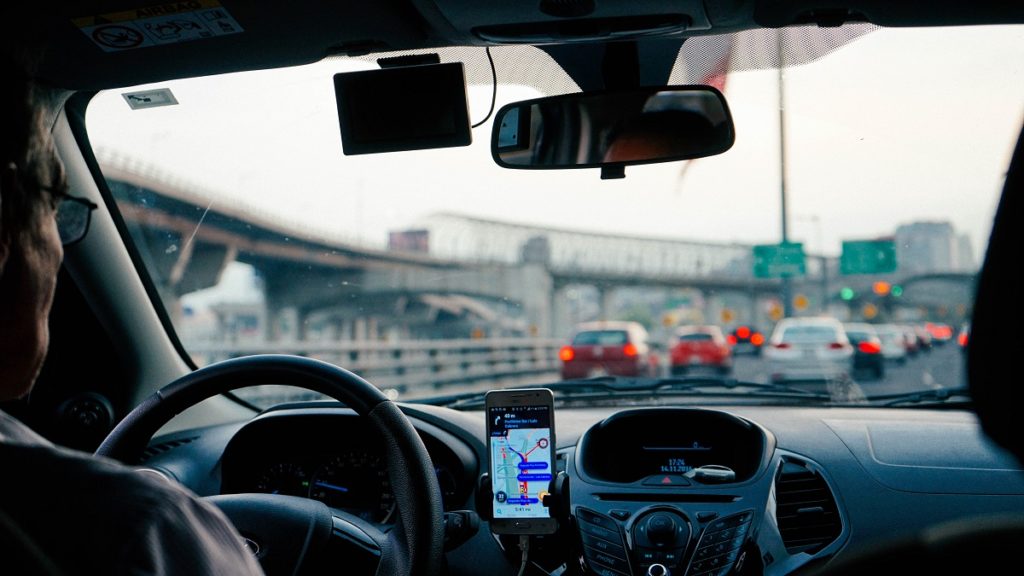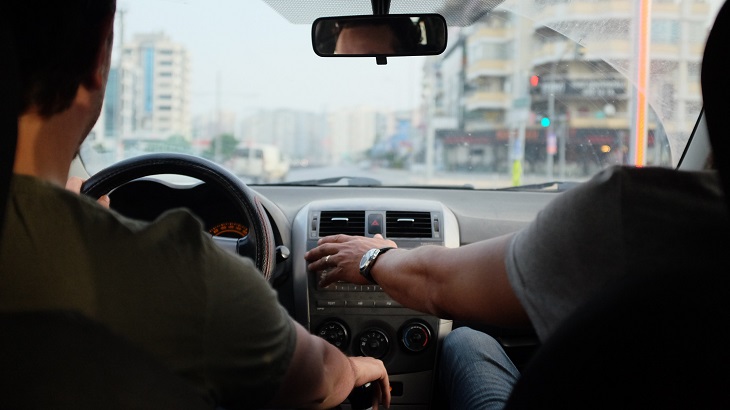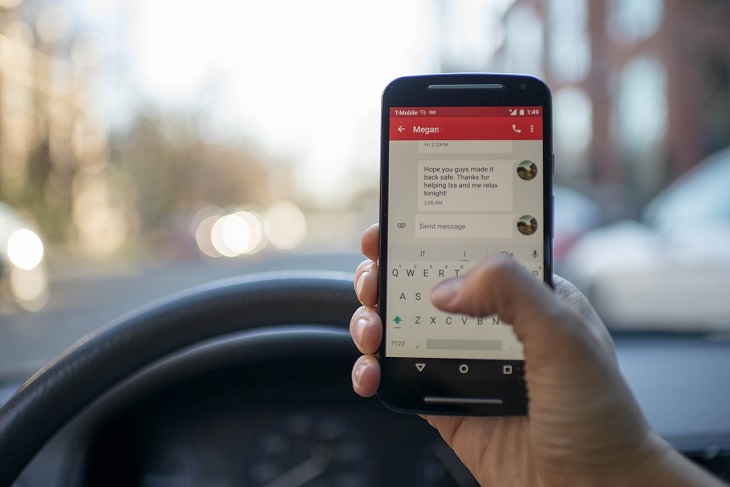When traveling in a vehicle, the most important thing is to stay safe to avoid accidents, injury, and death. Road travel can be inherently risky – because when it comes down to it, vehicles are large metal objects moving at high speeds, which of course involves an element of danger. Driving a vehicle is a big responsibility, because your own life and the lives of other road users are essentially in your hands.
It is not only the responsibility of drivers to ensure that road travel is undertaken safely. Vehicle passengers are also responsible for road safety. If you are a passenger in a disabled driver’s vehicle, it is crucial to behave appropriately and responsibly. Being a responsible passenger in a disabled person’s vehicle will help to ensure that you and your companion arrive at your destination safely.
How To Be A Safe Passenger In A Car
It is important to understand how to be a safe passenger in a car. Passengers have a large influence on drivers, and they need to behave in an appropriate manner. If passengers behave inappropriately they can easily cause a traffic accident.
Every year thousands of Americans die in road accidents caused by irresponsible passenger behavior. As a passenger in a disabled driver’s vehicle, you need to always maintain a high level of awareness and employ responsible passenger etiquette. Your life, and the lives of other road users, depend on you knowing how to be a responsible passenger.
How Can I Be A Good Passenger In A Car?
Wondering “How can I be a responsible passenger in a vehicle?” There are several key ways to be a good passenger in a car. Some are quite obvious and others less obvious, but all of the ways you can be a good passenger are very important. It is easy to distract a driver and cause a road accident if you are not aware of how to be a responsible vehicle passenger.
What Are Your Responsibilities As A Passenger In A Disabled Driver’s Vehicle?
As a passenger in a disabled driver’s vehicle, you have several responsibilities. You must employ good passenger etiquette. You must not distract the driver. And you must provide any assistance that the driver needs in order to get to your destination safely.
What Actions Can You Take As A Passenger To Assist The Driver?
The actions you can take as a passenger to assist the driver will depend on what the specific driver needs and prefers. Some will require assistance, whether physically or with directions. Other drivers will just want you to be quiet and relaxed, and to not distract them.
Here are our top tips on how to be a responsible passenger in a disabled driver’s vehicle.
Always Wear Your Seatbelt
It is essential that you always wear your seatbelt when traveling as a passenger. Put on your seatbelt before the vehicle starts moving. Not wearing your seatbelt is extremely dangerous, as is putting it on while the vehicle is moving, because this can distract the driver.
Don’t Be Loud Or Distracting
Being loud or distracting a driver is very irresponsible when you are traveling in a vehicle. Distracted drivers may easily cause an accident. So while you are a passenger in a disabled person’s vehicle, always speak calmly and quietly and do not play overly loud music.
Help With Navigation
As a responsible vehicle passenger, you should always be attentive and ready to help out with navigation if necessary. It can be risky for a driver to attempt to navigate with a phone or read a map while driving, so it is safer for a responsible passenger to perform any complex navigation.
Resist Temptation To Be A Backseat Driver
Most backseat driving is irritating and distracting. Avoid the urge to give driving advice while you are a passenger in a disabled person’s vehicle. Unless it is extremely urgent, give any advice and recommendations when the journey is over and the driver can give you their full attention.

Don’t Point Out Distractions In The Environment
No matter how beautiful that mountain range off to the left is, do not point it out to the driver, because this type of distraction can easily cause an accident. Avoid drawing the driver’s attention away from the road to look at things in the road’s surroundings.
Encourage Safe Driving
Never hurry the driver and always encourage safe driving. Reward responsible and safe driving with praise and encouragement.
Help The Driver To Stay Alert
If the driver is tired, you can help them to stay alert. Do this by encouraging them to stop for a coffee or to take a rest. You can help them stay focused by chatting to them.
How Do You Get A Disabled Parking Permit?
If you have a disability that entitles you to get a disabled parking permit, the best way to apply is through the Dr. Handicap online clinic. On Dr. Handicap, you will have a telemedicine consultation with a medical professional who will verify your disability and complete, sign, and email your DMV application form. It is a quick and easy process.

